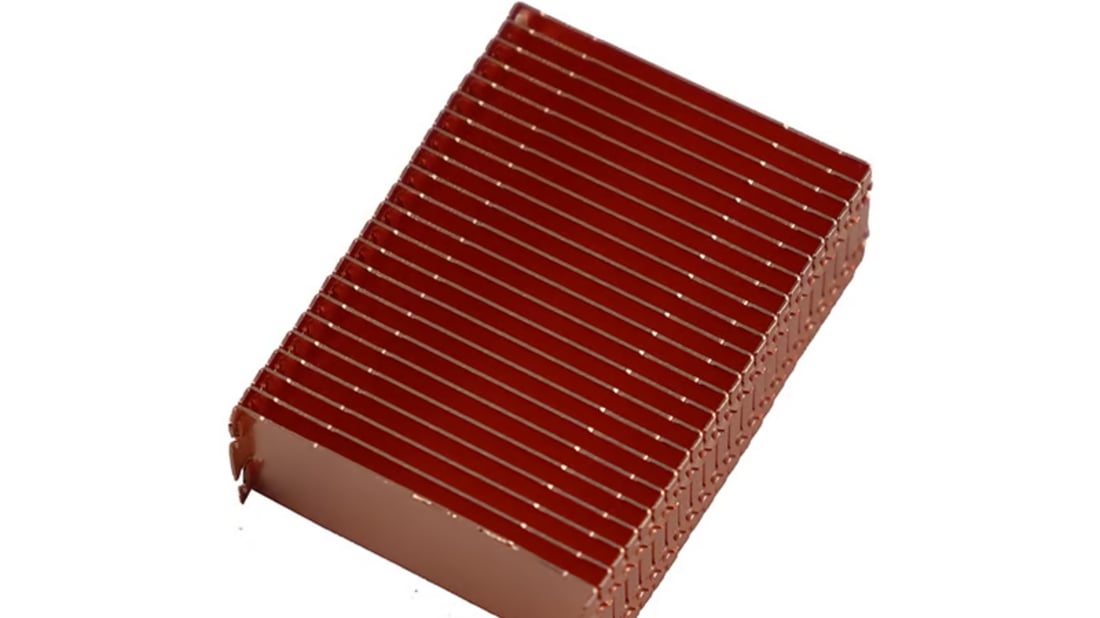Choose the Right Material
When it comes to making your heat sink more effective, one of the most important factors to consider is the material it is made from. Materials such as copper and aluminum are excellent choices for heat sinks due to their high thermal conductivity. Choosing the right material can significantly improve the heat dissipation capabilities of your heat sink.
Ensure Proper Contact with the Heat Source
To maximize the effectiveness of your heat sink, it is essential to ensure proper contact with the heat source. Without good contact, heat transfer will be inefficient, reducing the overall cooling performance. Make sure that the heat sink is firmly attached to the heat source using a high-quality thermal interface material to minimize thermal resistance.
Optimize the Fin Design
The design of the fins on your heat sink plays a crucial role in enhancing its efficiency. Increasing the surface area of the fins can improve heat dissipation by allowing more air to come into contact with the heat sink. Opt for a design that maximizes the number of fins while maintaining spacing for optimal airflow.
Utilize Thermal Interface Materials
Thermal interface materials such as thermal paste or pads are essential for achieving efficient heat transfer between the heat sink and the heat source. Applying a thin and uniform layer of thermal interface material can fill in microscopic gaps and imperfections, reducing thermal resistance and improving heat dissipation.
Enhance Airflow with Fans
Incorporating fans into your heat sink setup can significantly enhance airflow and improve cooling performance. Fans help to dissipate heat by circulating air around the heat sink, preventing hot spots and ensuring uniform cooling. Choose fans with an appropriate airflow rating to match the thermal requirements of your system.
Clean and Maintain Regularly
Regular maintenance is essential for keeping your heat sink operating at peak performance. Dust, dirt, and other debris can accumulate on the fins and obstruct airflow, reducing the effectiveness of the heat sink. Regularly clean the heat sink using compressed air or a soft brush to remove any buildup and maintain optimal thermal performance.
Consider Heat Sink Size and Placement
The size and placement of your heat sink can have a significant impact on its overall effectiveness. A larger heat sink with more surface area will generally provide better cooling performance. Additionally, positioning the heat sink in an area with good airflow and ventilation can further enhance its efficiency.
Monitor and Control Ambient Temperature
The ambient temperature of the surroundings can affect the cooling capabilities of your heat sink. High ambient temperatures can hinder heat dissipation, leading to increased operating temperatures. Monitor the ambient temperature in your system and take steps to control it, such as improving ventilation or adding additional cooling solutions, to optimize the performance of your heat sink.
Invest in a Heat Pipe Heat Sink
For applications requiring high heat dissipation capabilities, consider investing in a heat pipe heat sink. Heat pipe heat sinks utilize heat pipes to transfer heat efficiently from the heat source to the fins, maximizing thermal conductivity and cooling performance. These advanced heat sink solutions are especially effective in demanding thermal environments.
Consult with an Expert
If you are unsure about how to make your heat sink more effective or need assistance with optimizing its performance, consider consulting with a thermal management expert. An expert can provide valuable insights and recommendations tailored to your specific needs, helping you achieve maximum cooling efficiency for your application.
Quote Inquiry
Contact us!

